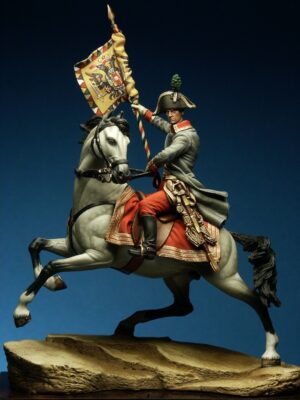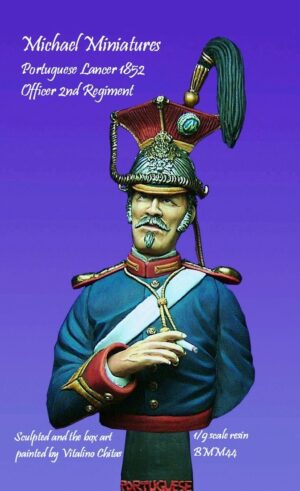Description
Maximilian I
Emperor of Mexico 1864-1867
1/10 scale resin bust
Sculpted by: Carl Reid
Box art painted by: Mike Cramer
Item: BMM43
Unpainted/assembly required
Maximilian I
Emperor of Mexico 1864-1867
1/10 scale resin bust
Sculpted by: Carl Reid
Box art painted by: Mike Cramer
Item: BMM43
Unpainted/assembly required
You must be logged in to post a review.
 Archduke Charles of Austria Battle of Aspern-Essling 1809 FMM01
Archduke Charles of Austria Battle of Aspern-Essling 1809 FMM01
 Portugese Lancer 1852 Officer 2nd Regiment BMM44
Portugese Lancer 1852 Officer 2nd Regiment BMM44
Reviews
There are no reviews yet.